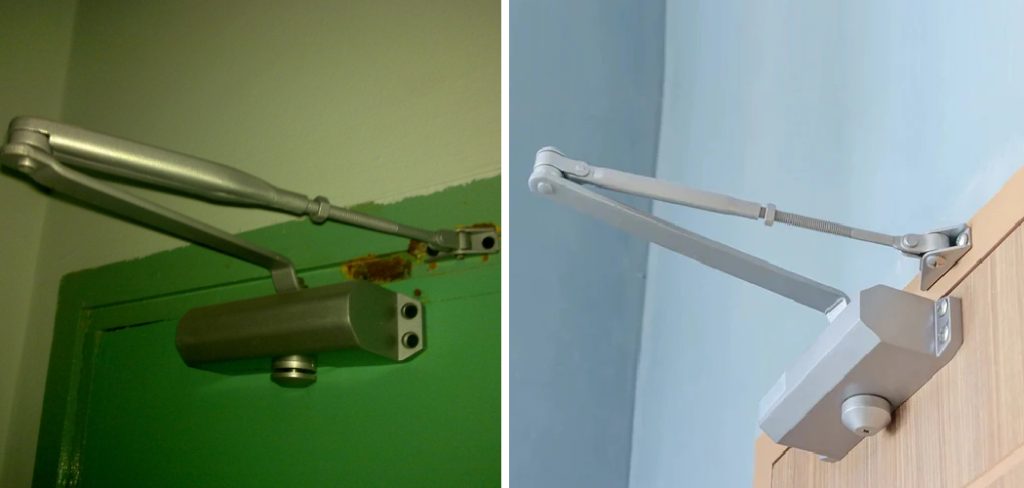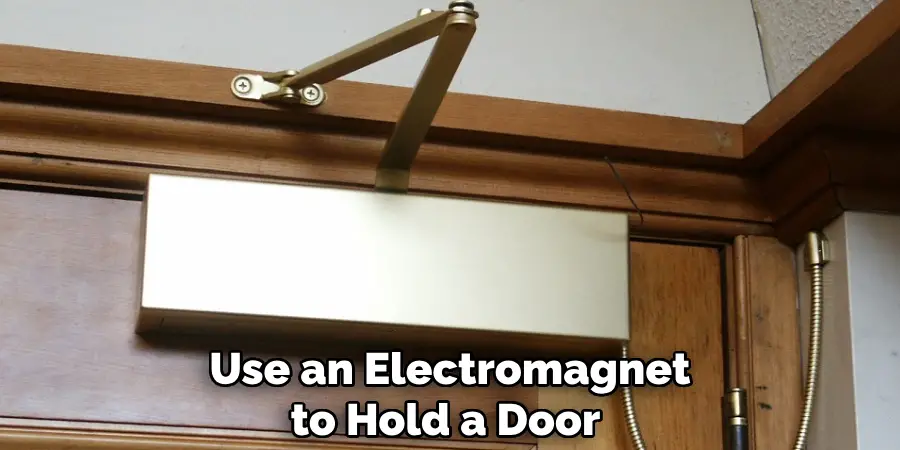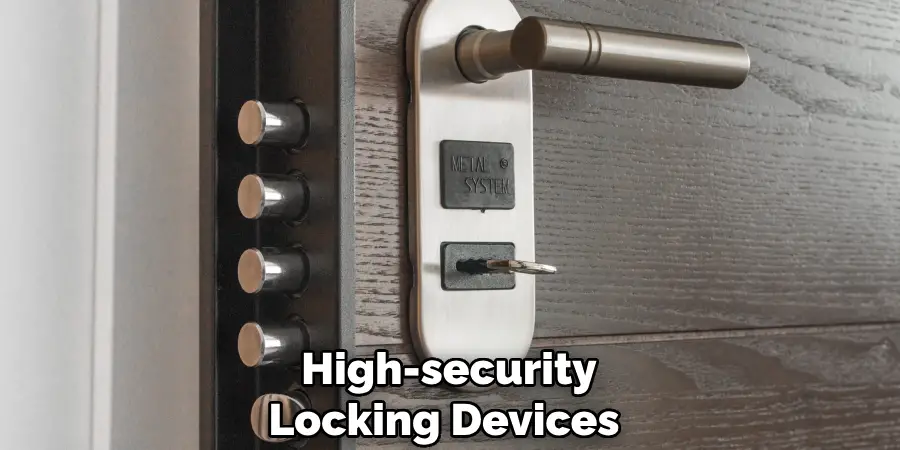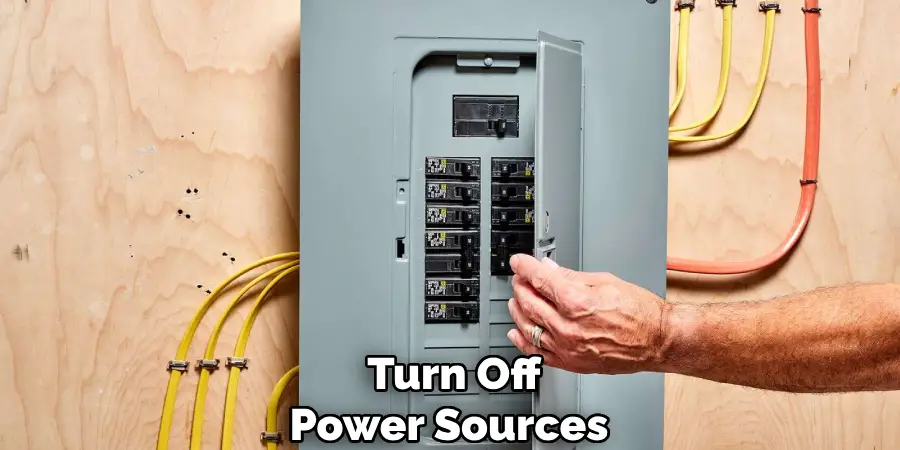In the realm of modern convenience, automatic doors have become ubiquitous, gracing homes and businesses alike. While these doors offer seamless access, knowing how to lock an automatic door effectively is essential for security and peace of mind. Whether you’re safeguarding your home during the night or ensuring restricted access in a commercial setting, mastering the art of locking an automatic door provides an added layer of protection.

In this article, we’ll delve into how to lock automatic door, exploring both manual and electronic methods. By understanding these methods, you’ll be equipped to navigate the complexities of automatic door systems, enhancing your security practices and ensuring the safety of your space and those within it.
The Convenience and Accessibility Offered by Automatic Doors
Automatic doors provide a great convenience for any user. These doors are especially beneficial for those who have difficulty with manual door operation, such as the elderly or physically disabled. Not only does this make it easier to get in and out of a building, but it also offers enhanced security measures due to its automatic locking system. Here, we will explain how to lock automatic door systems.
First, check the door for any additional safety features that may require special instructions. This could include push buttons or motion sensors, which must be activated properly to ensure the door is secured. Once these are properly engaging with the door system, it will lock automatically when closed.
Next, you should locate and read your automatic door’s user manual. This manual will explain the locking system and how to use it properly. Additionally, it should contain any specific instructions for your particular door model.
The Topic of Locking Automatic Doors for Security and Control
If you’re looking for the best way to lock your automatic door, then you have come to the right place. Securing an automatic door is important for businesses and residences alike, as it gives control over who can enter and exit a property. While locks are essential to protect valuable items or ensure privacy, they also provide peace of mind for the user.
There are a variety of locking mechanisms available for automatic doors, and it is important to choose one that best fits your needs and budget. The most popular types are keypad locks, magnetic locks, and card readers.
Keypad locks require a code that must be entered before access can be granted or denied. Magnetic locks use an electromagnet to hold a door closed and require a key to open it. Card readers are installed on the inside of the door and require an access card or code that needs to be swiped in order for the door to open.

10 Methods on How to Lock Automatic Door
1. Electronic Door Locks
Electronic door locks are one of the most secure and convenient ways to lock an automatic door. These locks use a keypad, a card reader, or a biometric scanner to grant access to authorized personnel. They are also equipped with a variety of features such as time-based access control, audit trails, and alarm systems that make them ideal for securing high-traffic areas.
2. Magnetic Door Locks
Magnetic door locks are another popular option for locking automatic doors. These locks work by using an electromagnet to hold the door in place when it is closed. The magnets can be activated and deactivated remotely, making them easy to control from a central location. They are also highly reliable and can withstand extreme temperatures and weather conditions.
3. Key Card Access Control Systems
Key card access control systems are an effective way to secure automatic doors. These systems use cards or key fobs that contain electronically encoded information about the user’s identity and authorization level. When the card or key fob is presented at the door, the system will verify the user’s identity before granting access or denying entry accordingly.
4. Intercom Systems
Intercom systems are a great way to provide additional security for automatic doors. These systems allow users to speak with someone on the other side of the door before granting access or denying entry accordingly. This added layer of security makes it difficult for unauthorized personnel to gain access without permission from an authorized individual on the other side of the door.

5. Video Surveillance Cameras
Video surveillance cameras can be used as an additional layer of security for automatic doors by providing real-time monitoring of who is entering and exiting a building through its entranceways and exits. The cameras can be connected to monitors in a central location so that personnel can monitor activity at all times and take action if necessary if any suspicious behavior is detected.
6. Motion Sensors
Motion sensors can be used in conjunction with video surveillance cameras for added security on automatic doors by triggering alarms when movement is detected near entrances or exits after hours when no one should be present in those areas of a building or facility. This type of system helps ensure that any intruders or unauthorized personnel attempting to gain entry will be quickly detected and dealt with accordingly.
7. Access Control Software
Access control software provides another layer of security by allowing administrators to set up different levels of authorization for different users based on their job roles within an organization. This type of software also allows administrators to set up restrictions on which areas certain individuals have access to, ensuring that only those with proper clearance are able to enter certain areas.
8. High Security Locking Devices
High-security locking devices such as deadbolts, padlocks, and combination locks provide yet another layer of protection against unauthorized entry into buildings through their automatic doors. These types of locks require special keys, codes, or combinations that must be entered in order for them to open, deterring would-be intruders from attempting entry into secured areas.

9. Alarm Systems
access through automated doors by sounding off loud sirens when motion is detected near entrances after hours when no one should be present in those areas. This type of system helps ensure that any intruders attempting entry will quickly be detected and dealt with accordingly.
10. Panic Bars
Panic bars are designed specifically for emergency situations where people need a quick exit from buildings without having time to fumble around searching for keys or codes needed for unlocking automated doors during emergencies such as fires, earthquakes, etc. Panic bars have been designed so that they automatically unlock when pressure is applied to them allowing people quick escape routes out from buildings during these types of emergency situations.
Some Common Mistakes to Avoid
When locking an automatic door, it is important to remember a few tips and tricks that will make the process safer and easier. Here are some common mistakes to avoid when locking up your automated door:
- Not Disconnecting Power Sources – Make sure to turn off power sources like electricity or any other energy source before attempting to lock an automatic door. This is to prevent potential damage to the door itself and avoid any risk of electrocution.
- Not Pulling on the Locking Mechanism Properly – In order to ensure that the door’s locking mechanism engages correctly, it is essential to pull it all the way back in one motion after turning the key. If you try to lock an automatic door with a partial pull, the door will not be properly secured.
- Not Inspecting the Door – Before you lock an automatic door, inspect it to make sure that all of its moving parts are in working order and that there is nothing obstructing the locking mechanism. This is especially important if the door has been recently installed or serviced.
- Not Releasing the Lock Correctly – When releasing an automatic door, make sure to turn the key counterclockwise until you hear a click. This will ensure that the lock is released and the door can be opened again.
- Not Checking Alignment – Before locking an automatic door, check that it is properly aligned with its frame. If the door is not lined up correctly, it may not properly engage the locking mechanism and could create a safety hazard when used.

By avoiding these common mistakes, you can be sure that your automatic door is securely locked and will remain safe for years to come.
Conclusion
Installing an automatic door locking system is an easy and budget-friendly way to keep unwanted visitors out of your home or business. With some basic tools and a few hours, you can have a locking system that will prevent intruders from entering. With the right type of locks, you can keep your home safe and secure at all times.
After considering your options, make sure to carefully select the kind of lock you want for your automatic door as this will help ensure its safety. Establishing rules of when to lock and unlock the door will also help protect everyone inside and on the premises from any unwanted intruders. Be sure to follow all instructions on how to lock automatic door carefully, and always consult an expert when in doubt.
